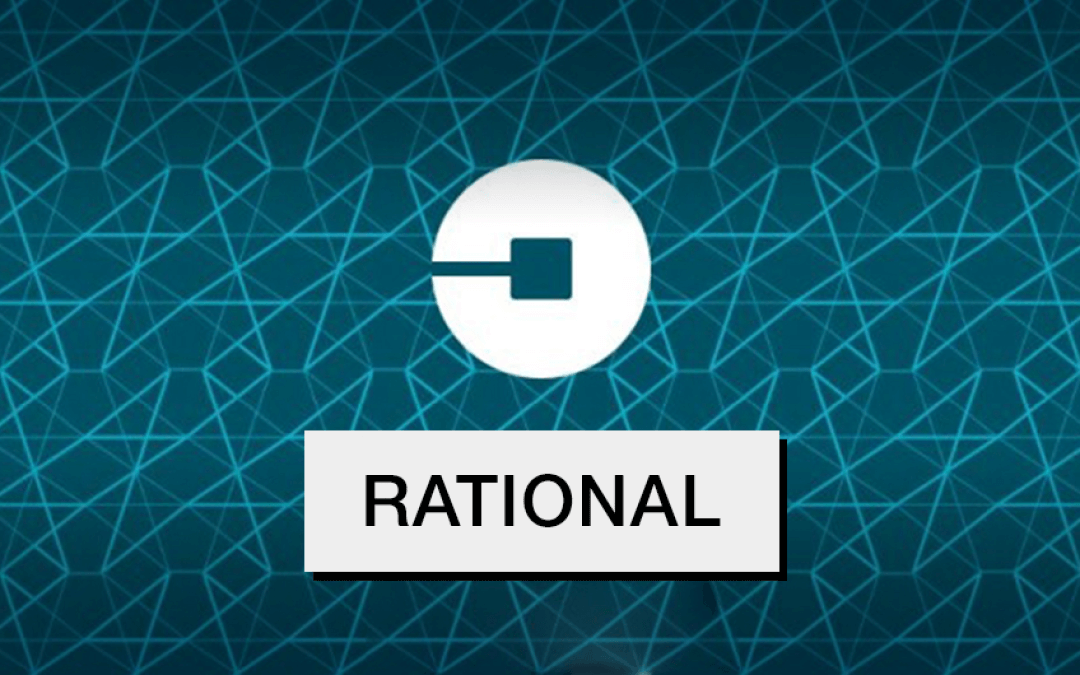Yesterday, Uber launched a new brand identity, and it has sparked a lot of media attention. It’s amazing that an app icon update and a new website can create so much buzz, attention, and debate, but it got us thinking: What’s the real impact of changing an already established brand identity?
We believe brands need to consider both rational and emotional needs when embarking on telling their story. Uber’s new identity focuses on telling a rational story about what they do. But it lacks the emotional impact of why they do it and why consumers flock to it. ‘Why’ is critical because it imbues a brand with meaning, drives consumer decision-making, and fosters loyalty.
And the brand identity is particularly important to a company like Uber, where every journey begins with the app. Uber’s new “Bit Atom” concept feels austere, so much so that we wonder if Uber considered what feelings they were looking to evoke when users tap the icon on their screen. We envision Uber would want to evoke feelings like freedom, movement, ease, safety, and liberation – none of which are particularly rational or austere.
At Emotive Brand, we believe that brands should evoke human emotions at every touchpoint. Evolving your visual identity is something that needs to be considered thoughtfully. To do it right, you need to lead with a clearly articulated purpose and an understanding of your brand’s desired emotional impact. Emotional impact drives the expression of how your brand looks and feels to consumers.
Communicate the change and bring people along your journey.
Modifying, evolving, or introducing a whole new visual cue isn’t the same or as simple as introducing a series of new product features or software updates. If brands are about emotion (and they are), then changing a brand’s identity is going to have an effect on how people feel about you.
So when you change your brand’s identity, it’s important to manage how people experience the story of change. Communicate the change, internally and externally, in a way that takes people along for the “ride.” Don’t foist the change on people. Make the people who matter to your brand part of the story.
Make sure the story starts with why, not with what.
When creating a visual identity, it’s important not to get bogged down in the what. Lead with why, and let your symbol mark this journey.
For Uber, the app icon should set the emotional tone of the experience from the first tap. What feelings does Uber evoke? Why does the brand matter? These are the questions we would ask when embarking upon a brand transformation.
Don’t misunderstand: We are confident that Uber didn’t undertake this change lightly. But change is hard, particularly when it comes to big brands with lots of social currency like Uber, and the stakes are very high.
We would have gone with something more evocative of feelings, emotion, and sense of purpose. But then, it’s not for nothing that our name is “Emotive Brand.”
Emotive Brand is a brand strategy and design consultancy.





